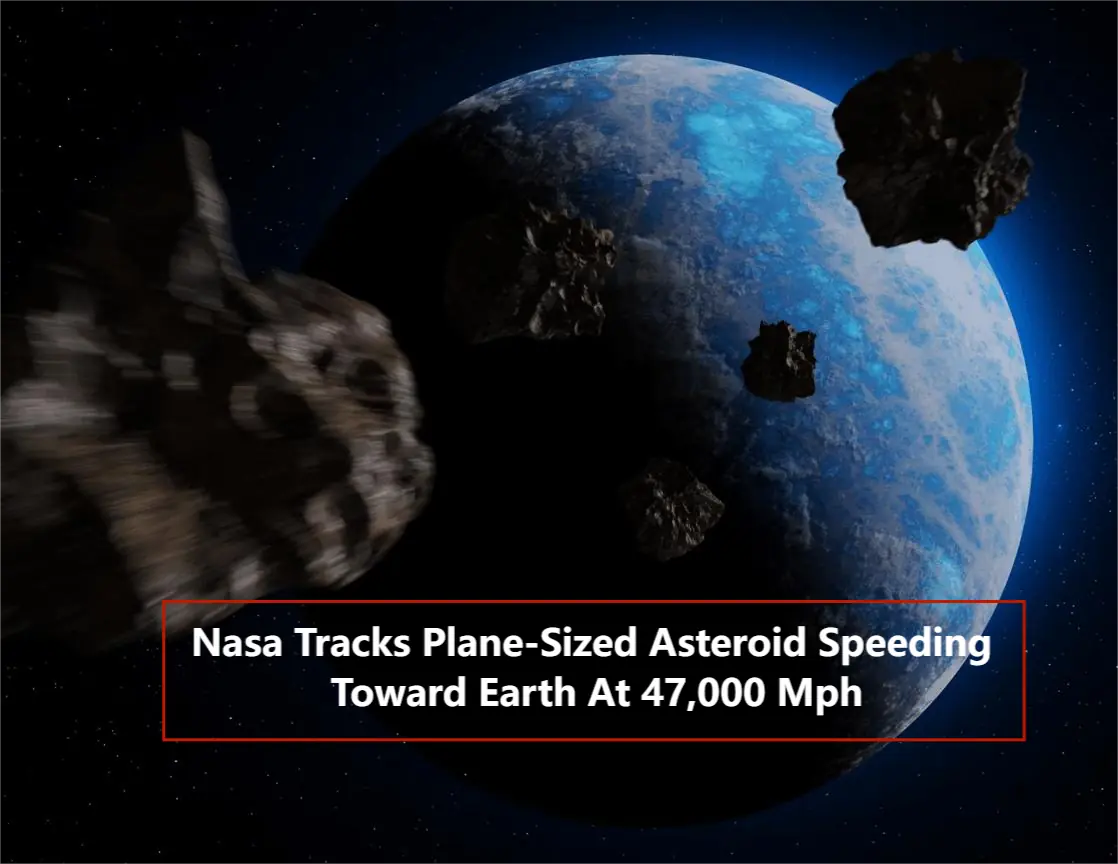
NASA Monitors Plane-Sized Asteroid Speeding Toward Earth at 47,000 MPH
NASA is tracking an asteroid roughly the size of a commercial airplane as it makes a close approach to Earth next week. Officially designated 2025 OW, the space rock is approximately 220 feet wide and is expected to pass by our planet on Monday, July 28, at a distance of 390,000 miles—about 1.6 times farther than the Moon.
While headlines have stirred public curiosity, NASA scientists emphasize that the event is routine and not a cause for concern.
“This is very routine,” said Ian O’Neill, a media relations specialist at NASA’s Jet Propulsion Laboratory. “If there was a threat, you would hear from us. We would always put out alerts on our planetary defense blog.”
Speed and Distance Explained
Though 2025 OW is traveling at a staggering 46,908 miles per hour, experts say this velocity is typical for space objects and poses no threat to Earth. According to NASA, the asteroid’s trajectory is well understood, and scientists can predict its path for the next century.
“We have a precise understanding of its trajectory,” O’Neill confirmed.
Routine Monitoring of Near-Earth Objects
NASA’s Near-Earth Object (NEO) Studies division regularly monitors objects like 2025 OW. According to Davide Farnocchia, a researcher in the division, tracking such asteroids is “just another day at the office.”
“Close approaches happen all the time,” Farnocchia explained. “It’s just part of the fabric of the solar system.”
Despite its size and proximity, 2025 OW won’t be visible with the naked eye or standard binoculars. However, for those fascinated by space phenomena, a more remarkable event is on the horizon.
Looking Ahead: Asteroid Apophis in 2029
NASA is preparing for a close encounter with asteroid Apophis on April 13, 2029, when it will pass within 20,000 miles of Earth—closer than many satellites in geosynchronous orbit.
“Near-Earth asteroid Apophis is a potentially hazardous asteroid,” reads a NASA statement. “But it will safely pass close to Earth in 2029.”
Discovered in 2004, Apophis initially raised concerns of a possible future impact. However, after years of monitoring, NASA has ruled out any collision risk for at least the next 100 years.
In fact, NASA plans to redirect a spacecraft to study Apophis during its historic flyby.
What Are Near-Earth Objects?
Near-Earth Objects (NEOs) are asteroids and comets that orbit within 120 million miles of the Sun and can pass through Earth’s orbital neighborhood. Most NEOs are asteroids, ranging in size from about 10 feet to nearly 25 miles wide.
NASA calculates each object’s orbit by analyzing multiple observations over time, allowing scientists to forecast their movements years or decades in advance.
Where to Learn More
For those interested in real-time updates and data, NASA offers several resources:
-
Follow @AsteroidWatch on Twitter for the latest alerts
Whether it’s 2025 OW or Apophis in 2029, NASA’s experts continue to track these celestial visitors with precision and caution—reminding us that in the vastness of space, even routine events are worth watching.
News in the same category


Junk Cars, Green Future: How Automobiles Became the World’s Most Recycled Consumer Product

Italy’s Quiet Rubber Roads: A Sustainable Shift Toward Noise-Free, Eco-Friendly Infrastructure

Japan’s Harmony Trains: Blending Innovation and Compassion to Protect Wildlife

Earth Plunged Into Darkness For Six Minutes In Rare Event Not Seen In A Century

4 Things You Should Never Say at a Funeral — No Matter What

Father of 9-year-old Melina Frattolin faces charges as new details surface in her death

🔬 Hidden Lake Beneath Greenland Ice Could Unlock Secrets of Earth—and Beyond
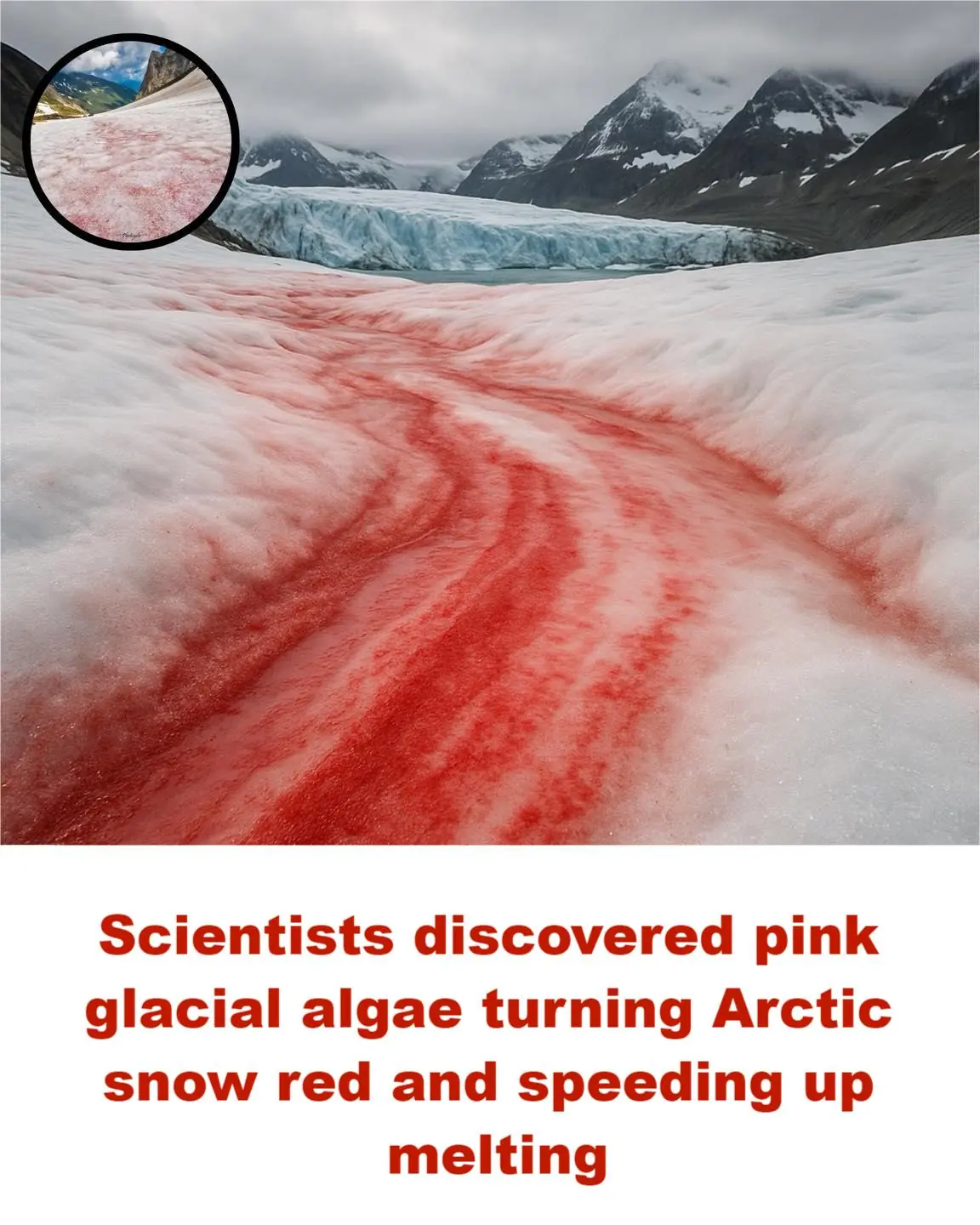
🔬 Scientists Discover Pink Glacial Algae Turning Arctic Snow Red—and Accelerating Ice Melt

7-Eleven Employee Dies After Being Left Brain-Dead in Shocking Incident Involving Manager

Stomach Bug Sickens Over 140 People on Caribbean Cruise, Forcing Passengers and Crew to Isolate in Cabins
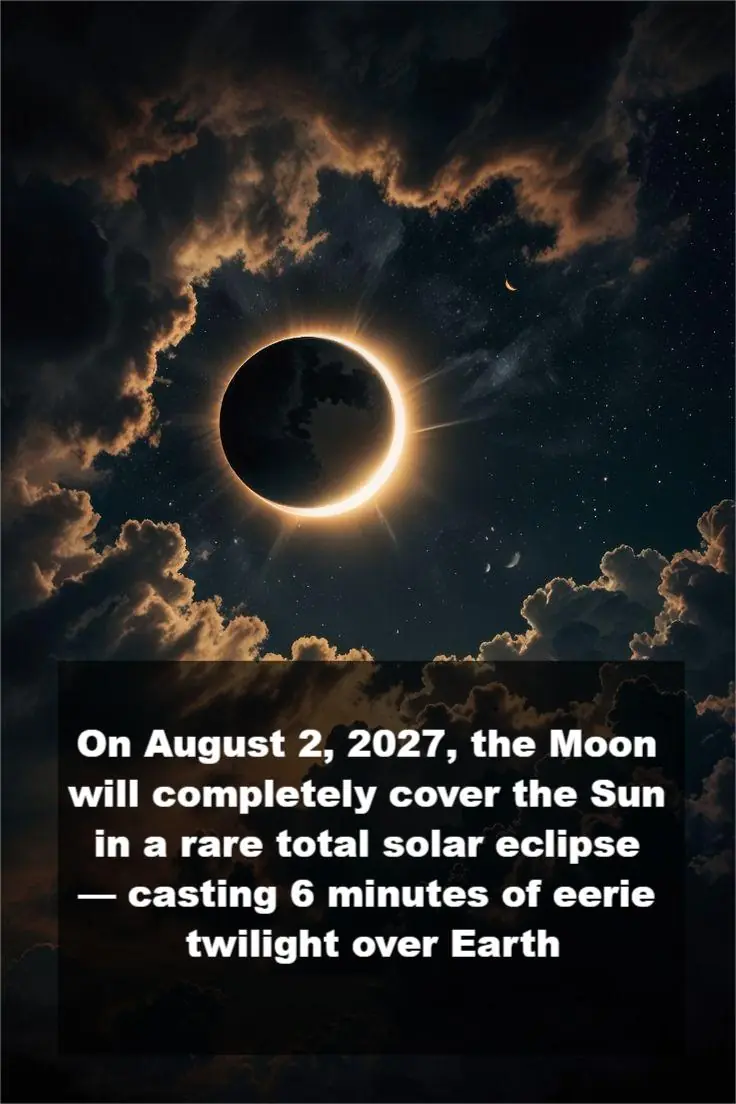
🌘 The Longest Total Solar Eclipse of the Century Is Coming — August 2, 2027
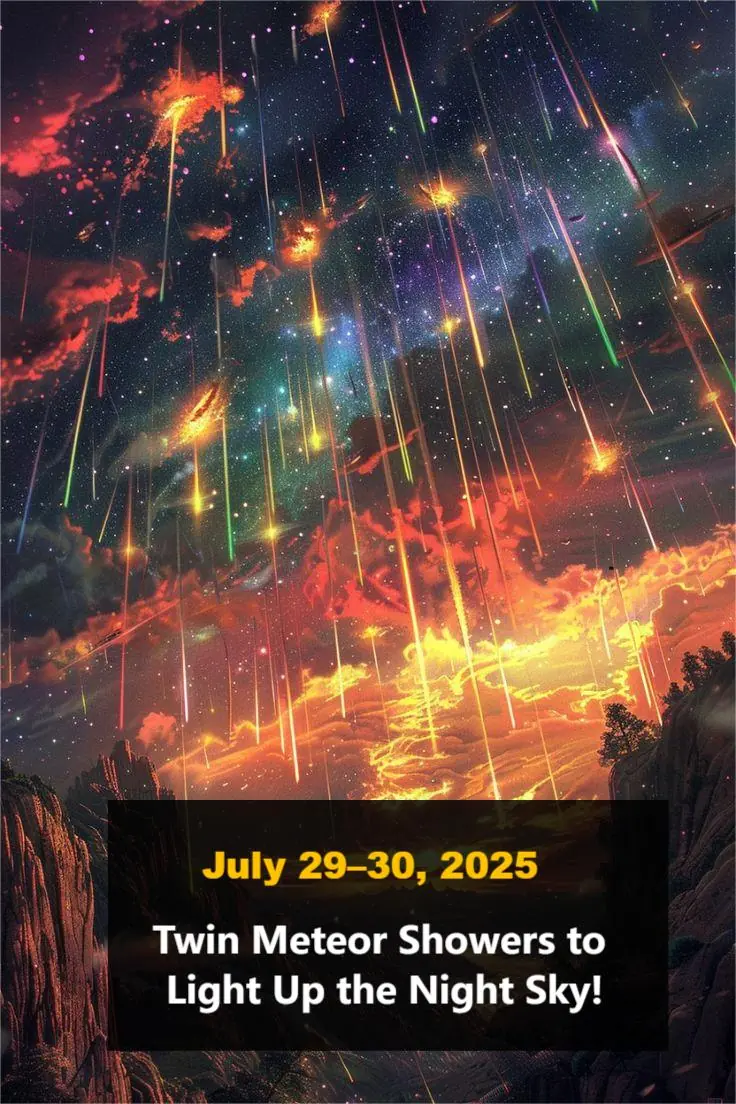
🌠 Twin Meteor Showers Set to Illuminate the Night Sky July 29–30, 2025 🌠

The insights your finger length offer about your personality
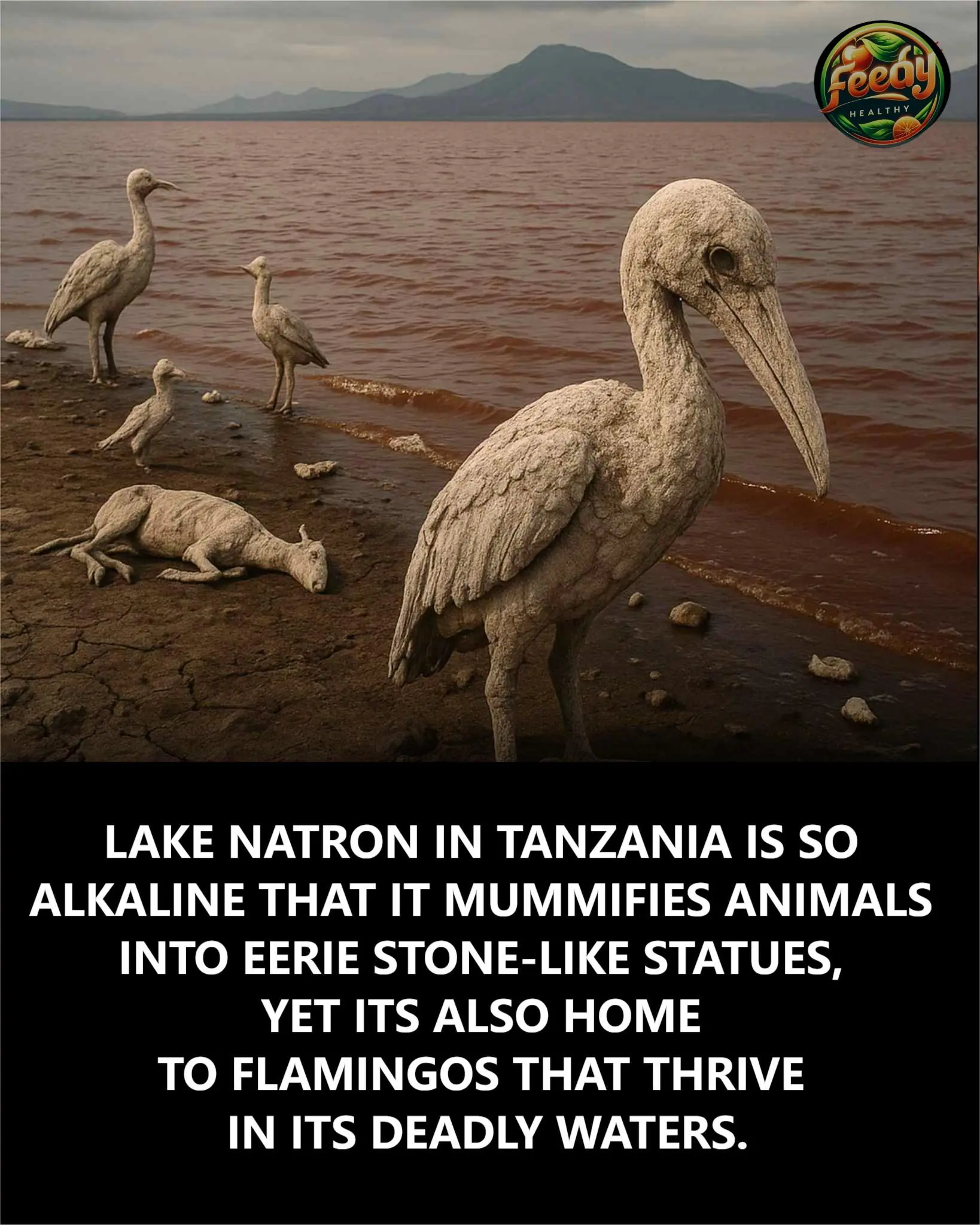
The Deadly Beauty of Lake Natron: Where Nature Turns to Stone—And Flamingos Call It Home

Milaf Cola: The World’s First Date-Based Soda Could Revolutionize the Soft Drink Industry

Farting Too Much at Night

Check Your Fridge—This Popular Yogurt Brand Was Just Recalled for Plastic Contamination
News Post

Pear and Pomegranate Spinach Salad with Maple-Lemon Mustard Dressing

Creamy Spinach Gnocchi (20-Minute, One-Pan Meal)

Lemon Chicken Orzo Soup

🐱 What Does It Mean When Your Cat Shows You a Mouse?

🍪 Cookies & Cream Swiss Roll Cake

🍪 No-Bake Biscuit Cheesecake Bars

🍓 Strawberry Drip Cake Recipe

🍫 Ultimate Chocolate Milkshake Recipe

Experts Are Shedding Light on the ‘Death Rattle’ Phenomenon Before Passing

Junk Cars, Green Future: How Automobiles Became the World’s Most Recycled Consumer Product

France’s Living Streetlights: A Glowing Experiment in Sustainable Urban Lighting

Italy’s Quiet Rubber Roads: A Sustainable Shift Toward Noise-Free, Eco-Friendly Infrastructure

Japan’s Harmony Trains: Blending Innovation and Compassion to Protect Wildlife

12 Warning Signs Your Blood Sugar Might Be Too Low

Why Do Some People Feel Sad After Eating White Bread?

Discover the Powers of Moringa: Traditional Recipes and Health Benefits

Benefits of Clove Tea: How to Transform Your Health One Cup at a Time

Benefits of Radishes, Ginger, and Honey for Thyroid and Gallbladder Health

Why Do Couples Start Sleeping Separately After Age 50?

